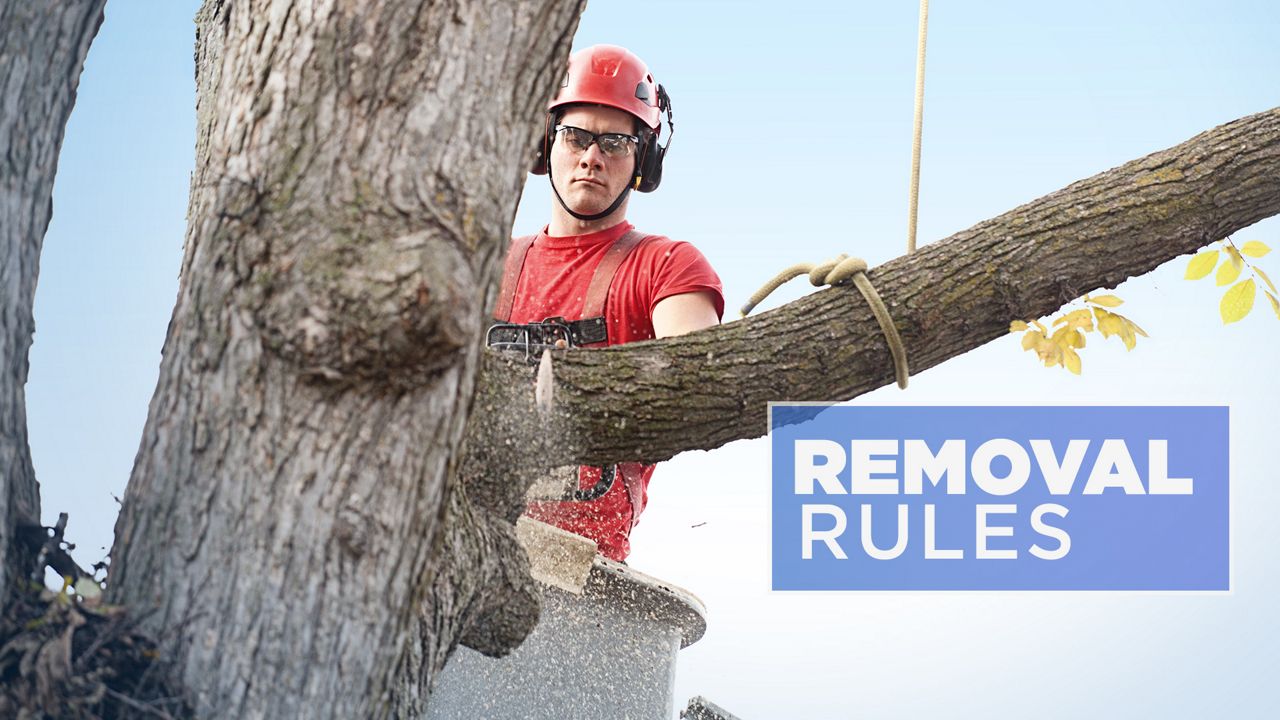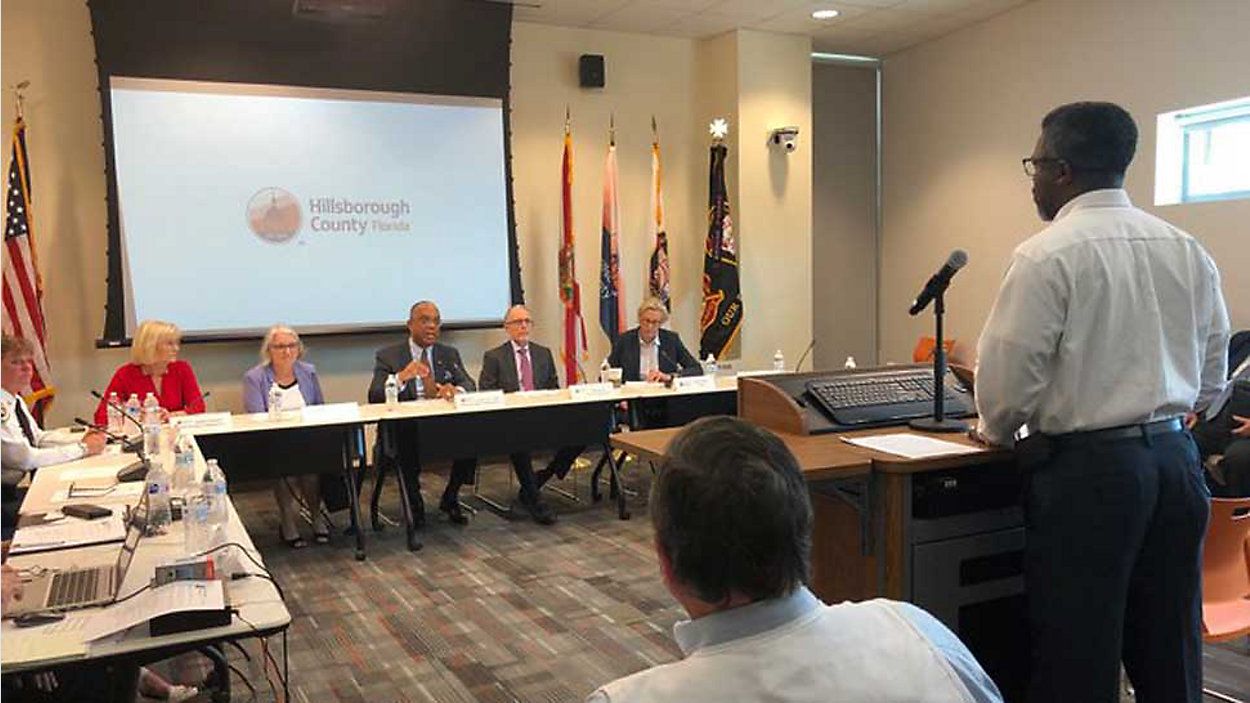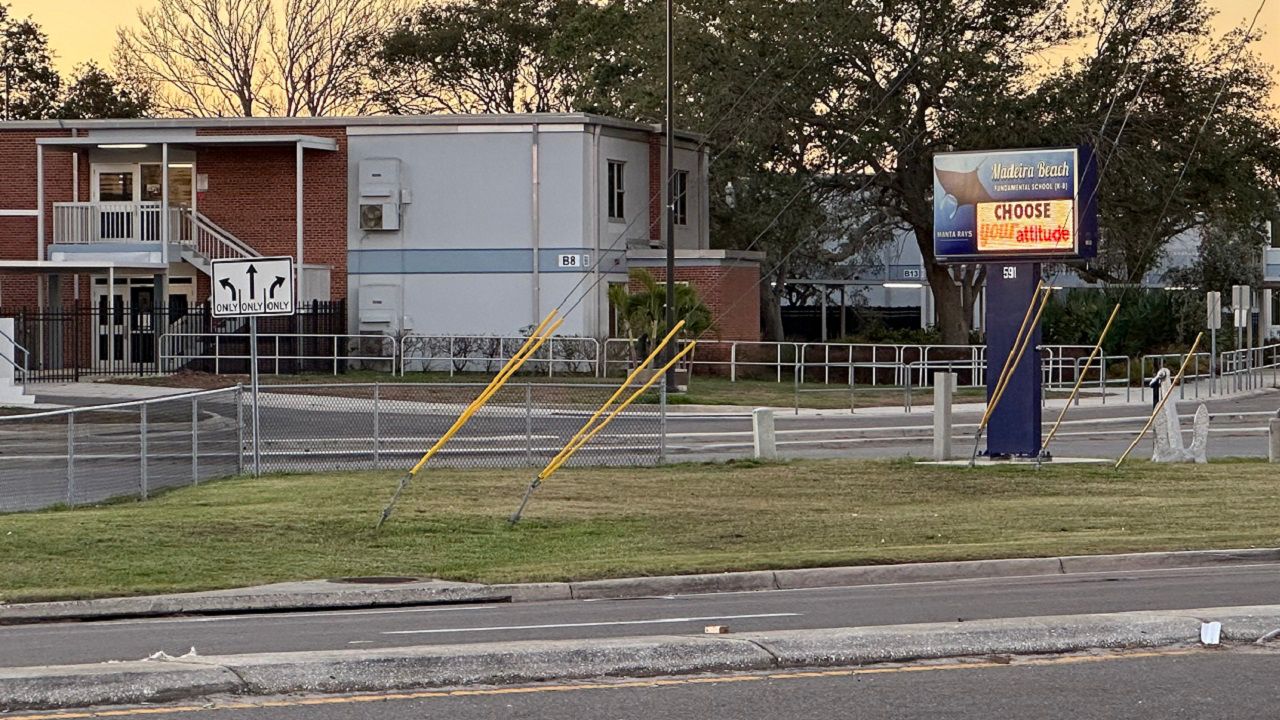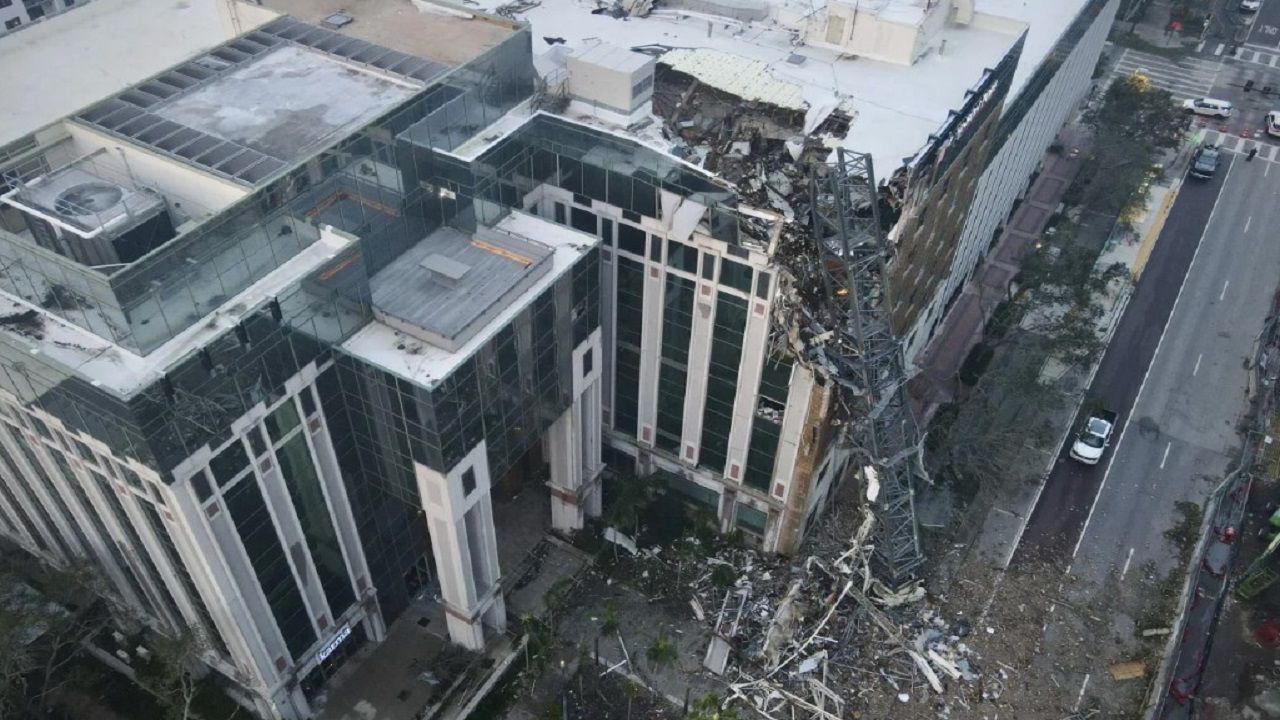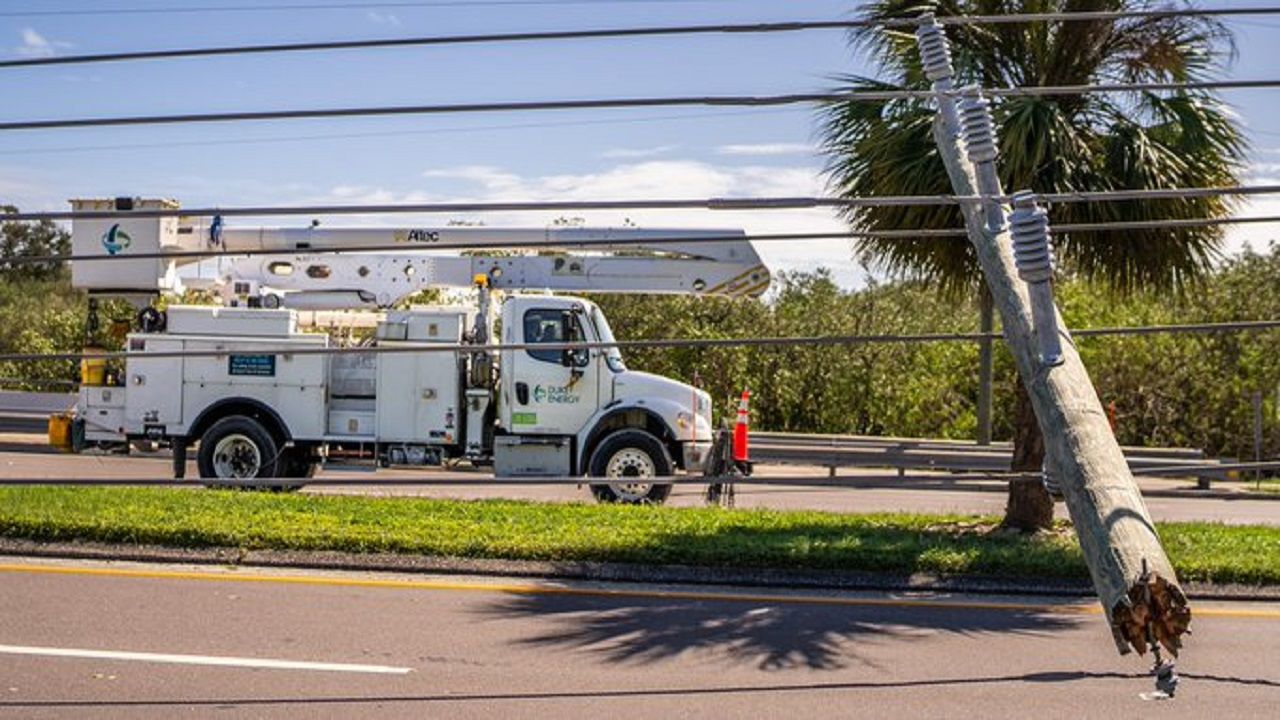TAMPA, Fl. - Tampa Bay residents are cleaning up after a cold front brought strong winds that knocked down trees and even produced tornadoes.
Some people should want to know what's allowed when trimming or even considering removing a tree that might pose a danger the next time a storm passes by.
So, just what are the rules for tree trimming or removal?
- New state law gives private property owners more freedom to remove/trim trees
- Homeowners must obtain certification from professional arborist
- Local municipalities waive fees and permit requirement with certification
Currently, municipalities and the state have rules that might seem in conflict with each other.
For years, cities and counties required property owners to pay a fee and get a permit to remove or trim a tree.
But a new state law, in effect since last summer, says all you need is documentation by a certified arborist or licensed landscape architect.
It must show the tree poses a danger to persons or property.
The law even forbids local governments from requiring a permit, fee or mitigation, thus the conflict.
Pasco officials responding to this story said that homeowners should still reach out to the county with the documentation.
“The County needs to verify the report/documentation to confirm it meets the State requirement, and that the Arborist holds a valid certification/license,” said county spokesperson Brendan Fitterer.
The fees and permit requirement are waived if you have the arborist certification.
Hillsborough posted in December the state law "doesn't give property owners free range…as they please."
But last month, Florida House Speaker Jose Oliva sent a letter to municipalities and arborists stating continued enforcement of tree trimming ordinances may be illegal.
The head of the Florida Chapter of International Society of Arboriculture, Norm Easey, said as he interprets the law, you have to have the arborist come out and do the evaluation and that's it.
Have it on hand as proof.
He said it's up to the homeowner to make a decision on what to do once you know the risk of a tree falling on their property.
In most cases — about 90 percent of the time — Easey said you only have to trim instead of investing in full removal to make the tree low risk.
The Florida Chapter of Arboriculture claims there are about 2,000 arborists in the state.
And Easey said about 400 of them are qualified to make a risk assessment on trees.




